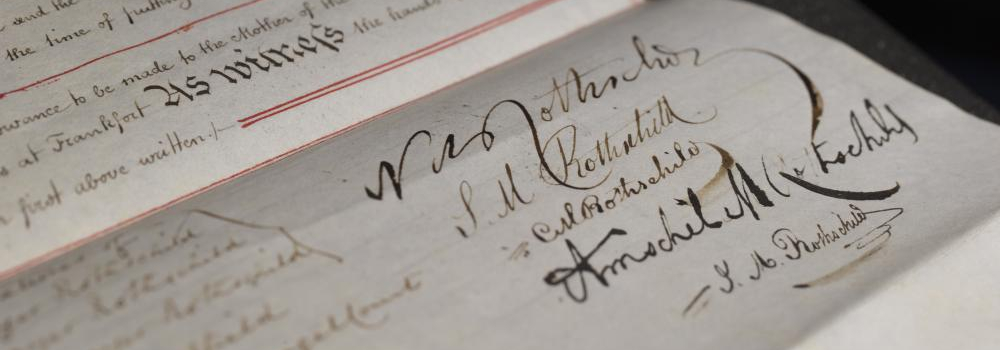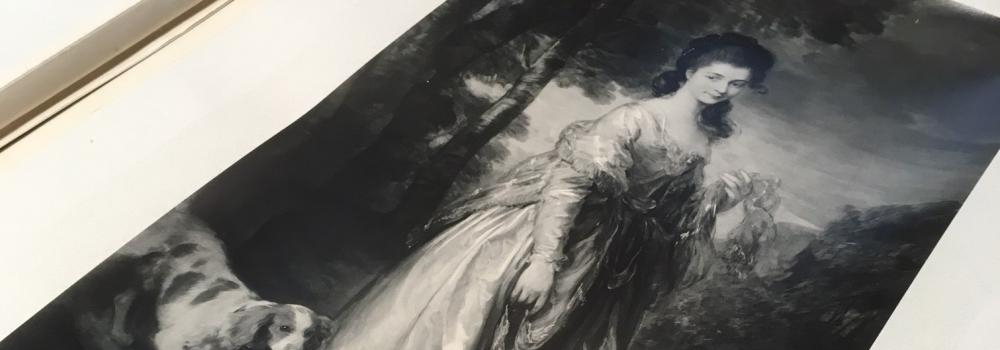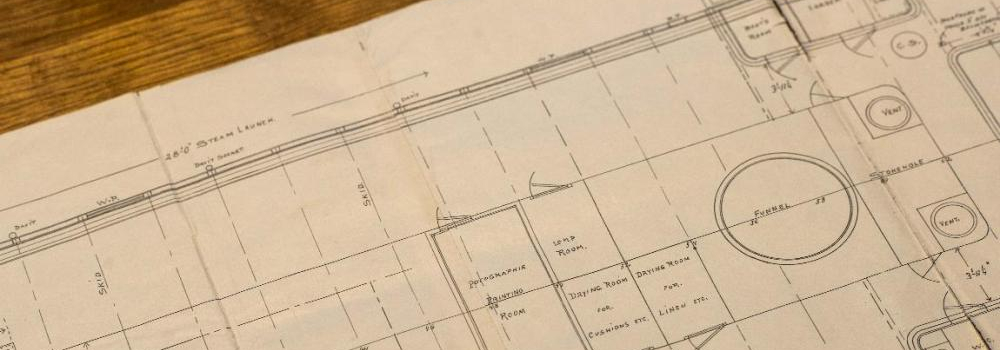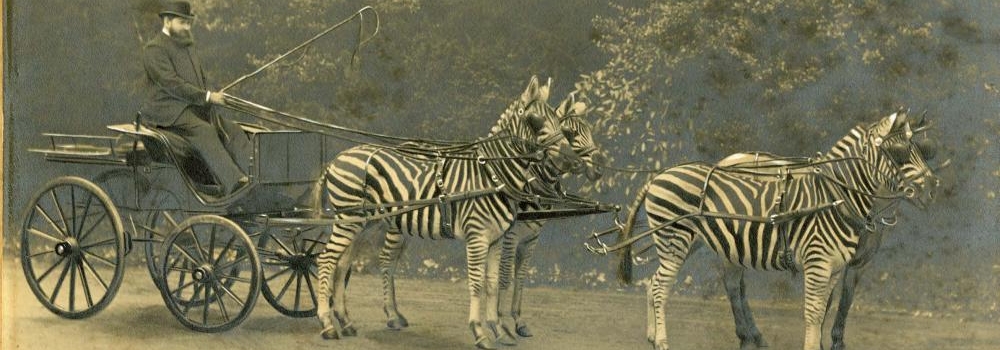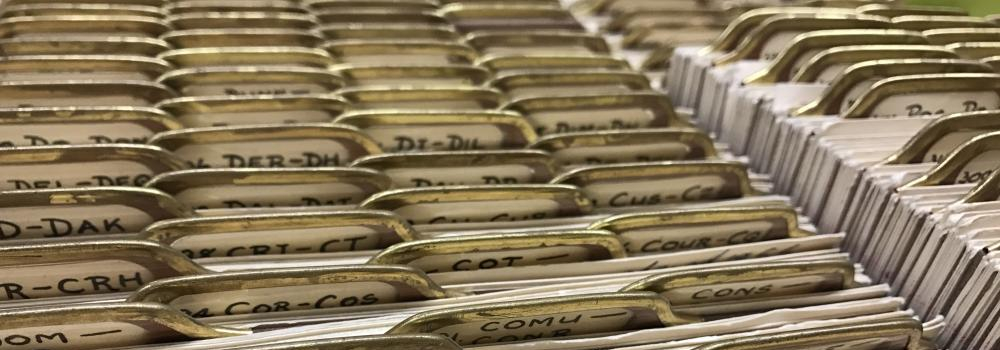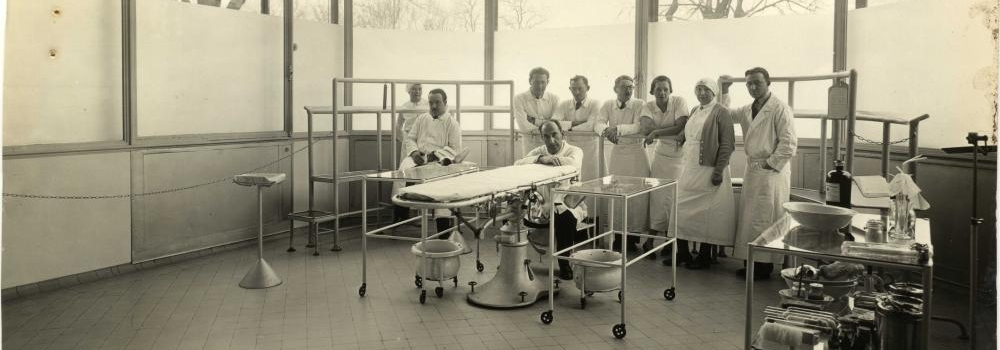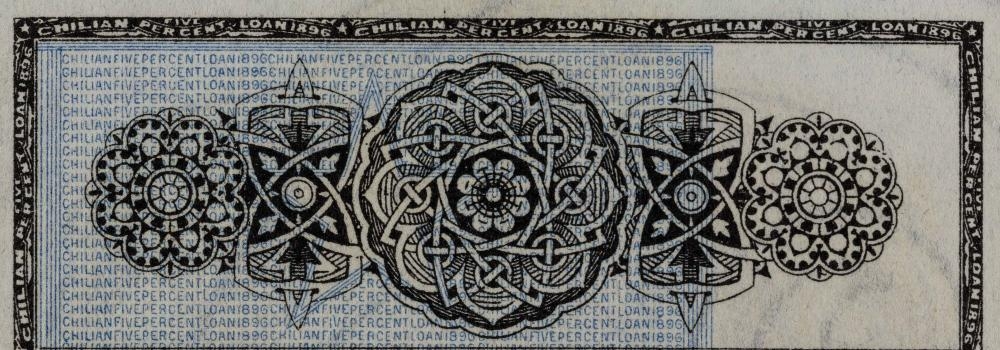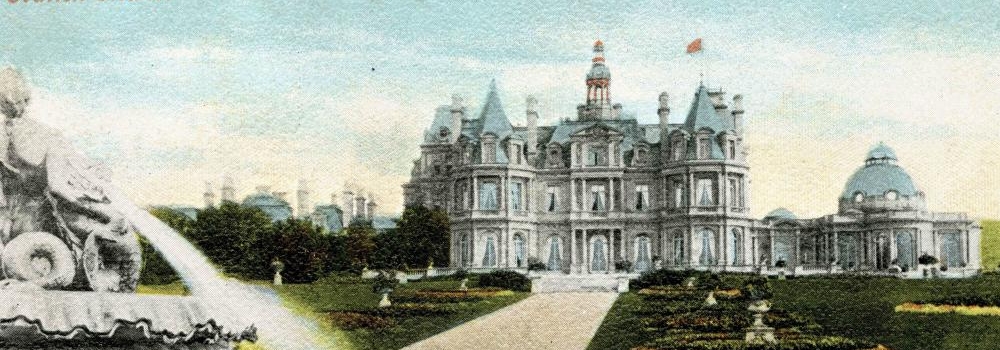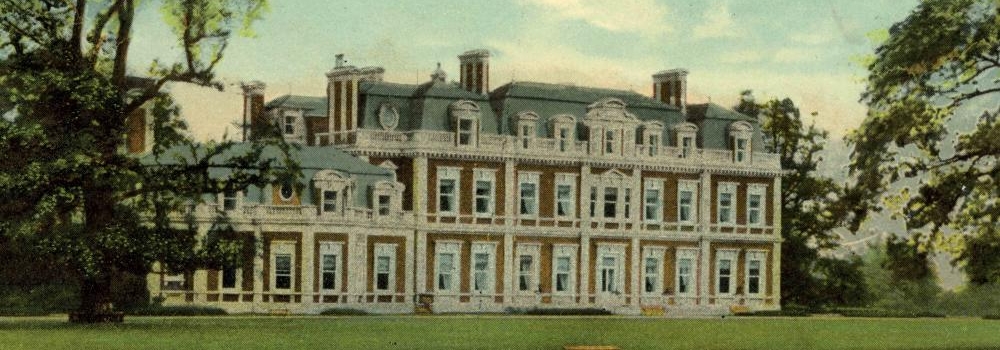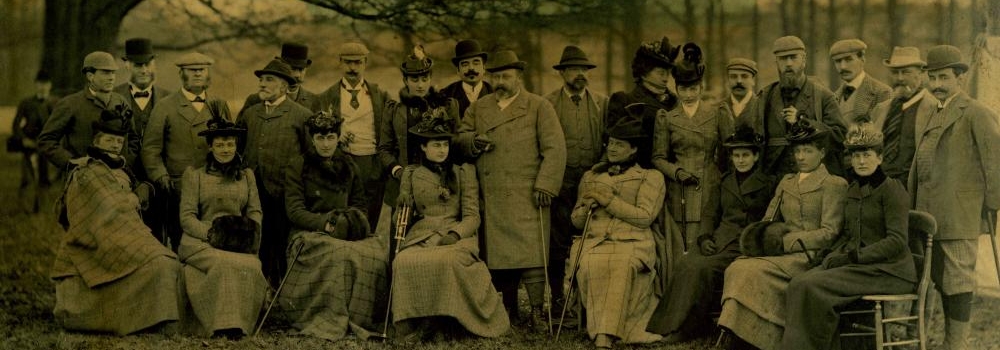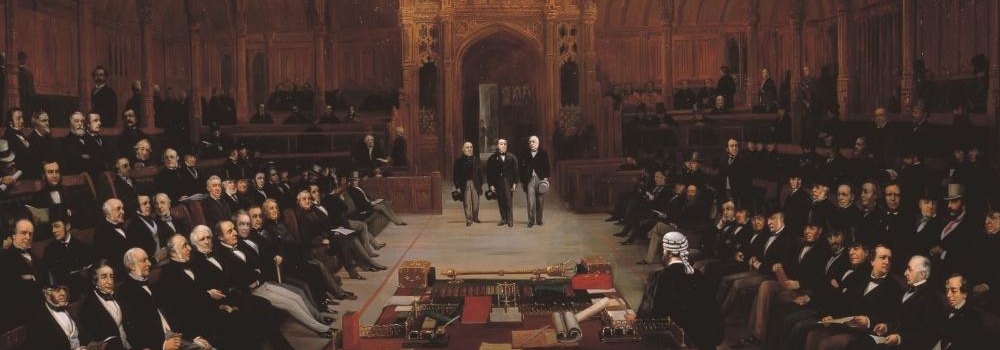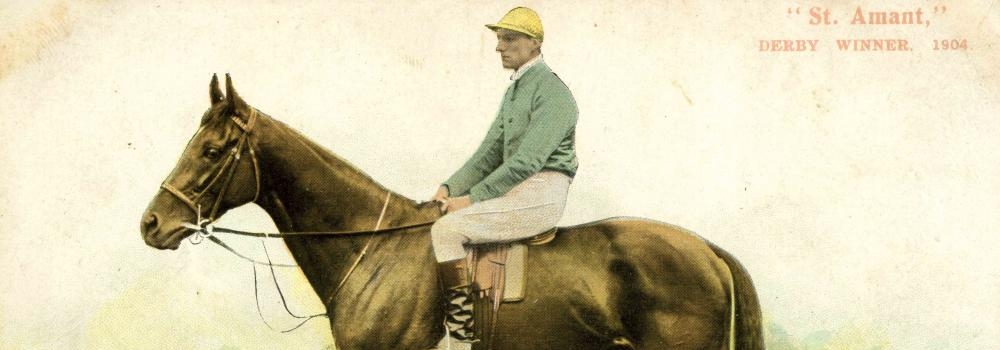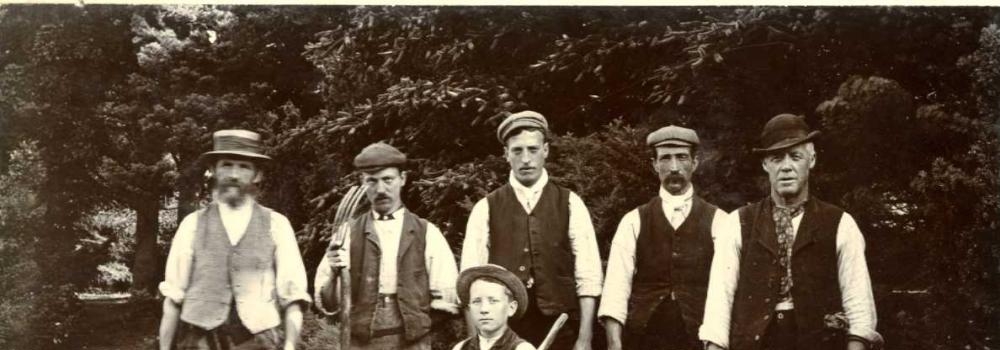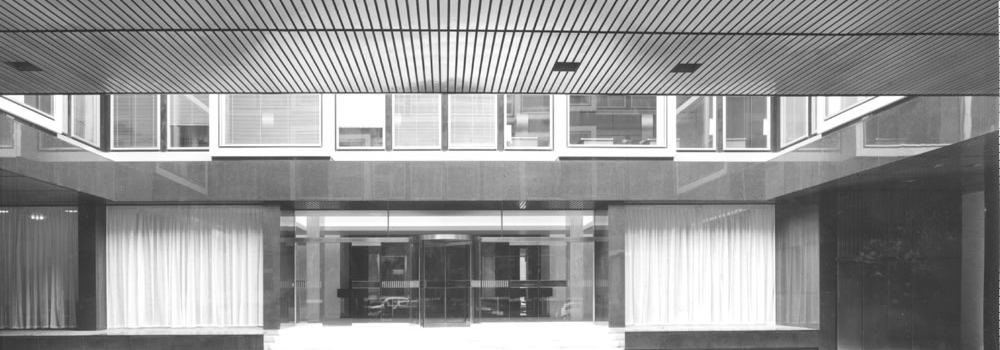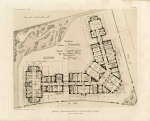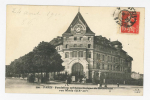In the digital age, taking good care of our eyes is more important than ever; September 20-26 is UK National Eye Health Week, promoting the importance of good eye health, and the need for regular eye tests for all, a cause which was supported by a pioneering member of the Rothschild family over a century ago.
Adolphe Carl von Rothschild: a vision for the future
Adolphe von Rothschild (1823-1900) was born on 21 May 1823, into the Frankfurt branch of the family just as the Naples banking business of his father Carl Mayer (1788-1855) House was taking root. However, the last Rothschild House established in Europe was the first one to close. Carl died in 1855, leaving the business in the hands of Adolphe whose two surviving brothers assumed responsibility of the Frankfurt office on the death of their childless uncle, Amschel Mayer (1773-1855). The unification of the kingdoms of Italy in 1860 saw the diminution of influence of Naples, and the maintenance of a Rothschild House in the city was no longer viable. At a family meeting in Paris in September 1863, Adolphe was bought out of the Rothschild business partnership by his cousins; the affairs of the Naples house were terminated, and the accounts settled; C M de Rothschild & Figli ceased to trade in 1863.
After relinquishing the business Adolphe, General Consul of the Duchy of Parma in Naples turned his attentions to his beloved art collections (in which his taste was exquisite), and later his equally beloved philanthropic endeavours. Together with his wife, Julie von Rothschild (née von Rothschild) (1830-1907), whom he had married on 16 October 1850, Adolphe commissioned Joseph Paxton, architect of London’s Crystal Palace, to build a château at Pregny on the shores of Lake Geneva. They housed their fine collections of paintings and objects both at Pregny and their Paris residence on the rue de Monceau. Julie was an accomplished artist herself and a keen photographer, building a photographic studio at Pregny and an atelier in rue de Monceau in which to pursue her hobby.
A chance incident saw Adolphe suffer an accident which required treatment by an ophthalmologist in Geneva. Dr Auguste Barde was able to relieve Adolphe from his painful injury, caused by a tiny coal particle hitting his eye during a train journey. As a result of this experience, Adolphe resolved to support Dr Barde’s work and in October 1874, Adolphe joined by Dr Barde, opened a new ophthalmological clinic in the Le Prieuré neighbourhood of Geneva. With superb views of the Lake and Mont Blanc, the situation had been chosen by Adolphe for its lack of industrialisation and was considered the perfect place for respite. The services of the clinic were available to anyone regardless of ethnic, national or religious background, with 20 beds overall; Dr Barde served as Medical Director until 1914. Encouraged by the success of the Hôpital Ophtalmologique Adolphe resolved to establish a similar clinic in Paris.
The Hôpital Ophtalmologique Adolphe Rothschild, Paris
On 7 February 1900 Adolphe died at his Paris residence from influenza. In his will he specifically requested that his widow Julie should establish a hospital in Paris for treatment of optical diseases, to be called the Fondation Ophthalmologique Adolphe de Rothschild. Julie followed his request to the letter and the clinic was opened on 1 May 1905 at the corner of the rue Manin in the 19th arrondissement. It had 62 beds, and during its first year treated 80,000 patients. All consultations, medication and treatments were paid for by the Fondation. Aware of the difficulty some patients experienced leaving work for medical treatment, the clinic often remained open for consultations well into the evening. The Archive has some plans of the building dating from 1909, showing the operating theatres, wards and day rooms for male and female patients and children. Read more about the history of the Rothschild eye clinics Far-Sighted Charity: Adolphe and Julie de Rothschild and their eye clinics in Paris and Geneva, by Prof. Klaus Weber.
After Adolphe's death, Julie mostly withdrew to Pregny, but she took an active interest in the ophthalmological foundations established by her husband. She died at Pregny on 18 November 1907. She entrusted the future of the Hôpital Ophtalmique Adolphe de Rothschild, Geneva, to her brother Salomon Albert (1844-1911) and the Fondation Ophthalmologique Adolphe de Rothschild, Paris, to her main heir, her nephew Maurice de Rothschild (1881-1957). In Paris, during the First World War, the Fondation was put at the disposal of the Military Health Service for the war wounded and required additional funding to keep going. Maurice’s father, Baron Edmond de Rothschild (1845-1934) made the required donation, which enabled expansion to take place. The rejuvenated service had departments of neurology, radiology, cardiology, and neurosurgery. In 1937 new statutes allowed the Fondation to adapt to the Social Insurance system while continuing to provide free care for people on low incomes. When the Second World War broke out, the Fondation continued to operate until the entry of the Nazis into Paris in 1940. The post-war period required a considerable effort to rebuild the hospital, which was supported by Maurice’s wife Baroness Noémie de Rothschild (1888-1968), and their son Edmond (1926-1997). Over the last 50 years links have been forged with the State led health care systems in Switzerland and France. Watch a short video, (in French), created by the Fondation Ophtalmologique Adolphe de Rothschild about their work today, here»
Eye Health
Fortunately, most of us are no longer at risk, as Adolphe was, of eye injuries through coal dust but we are starting to understand that lockdown may have played havoc with our eye health. Screen time, poor sleep and a lack of regular eye tests could mean many of us are suffering from eye strain and have outdated prescriptions. Lockdown may finally be easing, but for months we have relied on our screens for social contact – with potentially detrimental effects on our eyes. So how can we look after our eyes?
- Rest your eyes: Fight for Sight advises we follow the 20:20:20 rule, to look at something 20 feet away for 20 seconds, for every 20 minutes you look at a screen.
- Adjust your workstation: Ensuring we have the right working environment is an important factor in achieving overall wellbeing. This not only includes the height of our monitors, but the brightness and contrast of our screens, the position of our chairs and the lighting in our workspace. All these factors will impact on eye strain throughout the day.
- Good self-care: Eating a healthy, balanced diet, keeping well hydrated and getting a good night’s sleep will help our general eye health.
RAL 000/2707, Fondation Ophtalmologique Adolphe de Rothschild, Paris, plans reproduced in 'L'Architecte', 1909.

